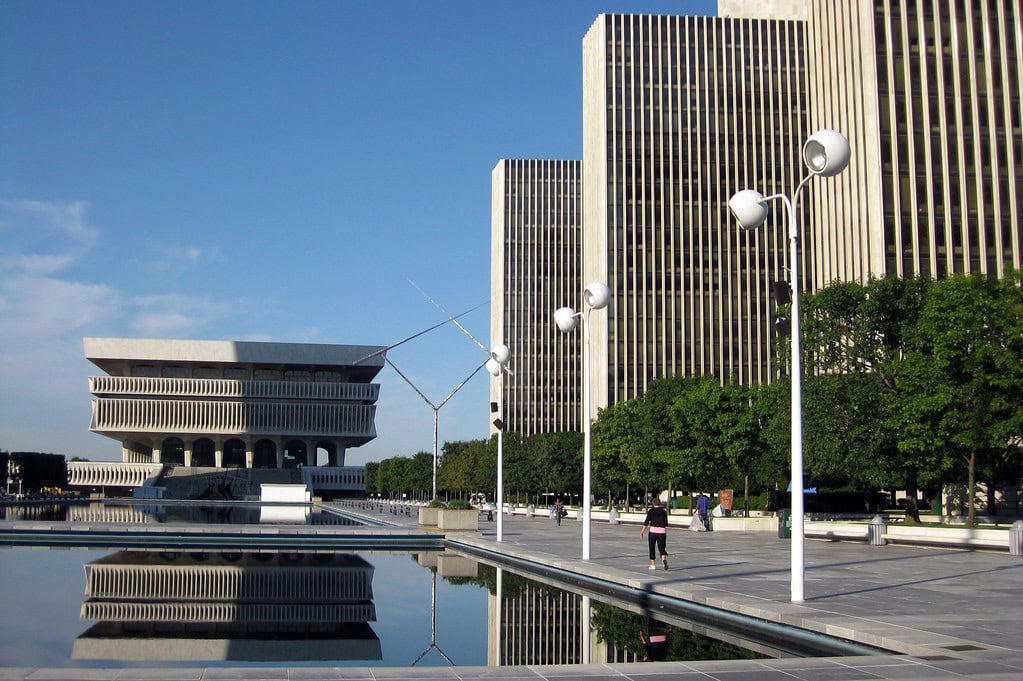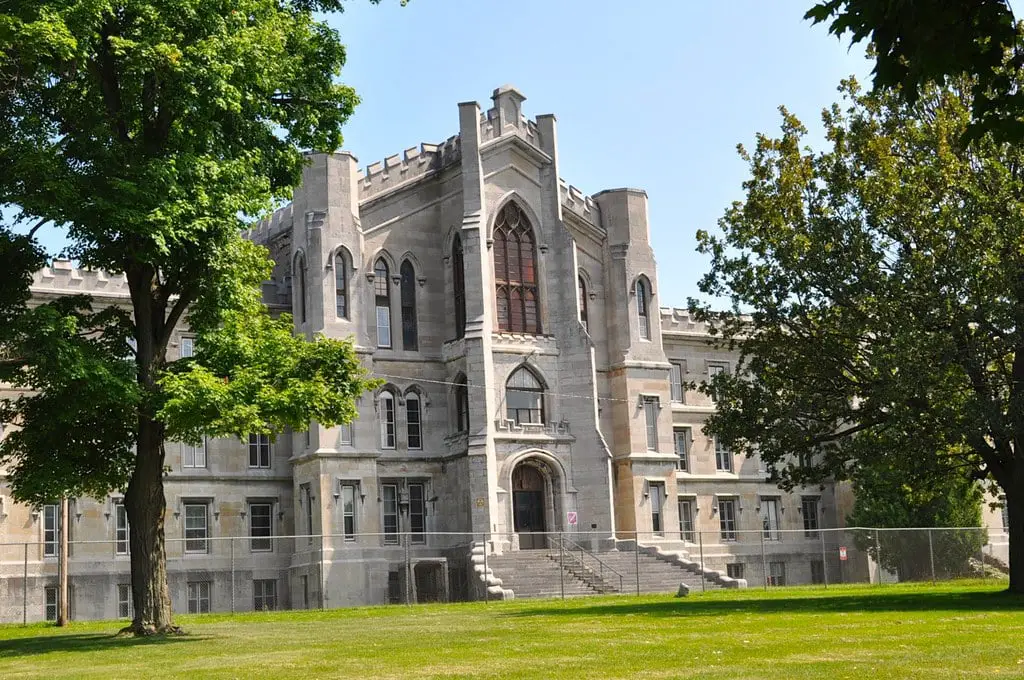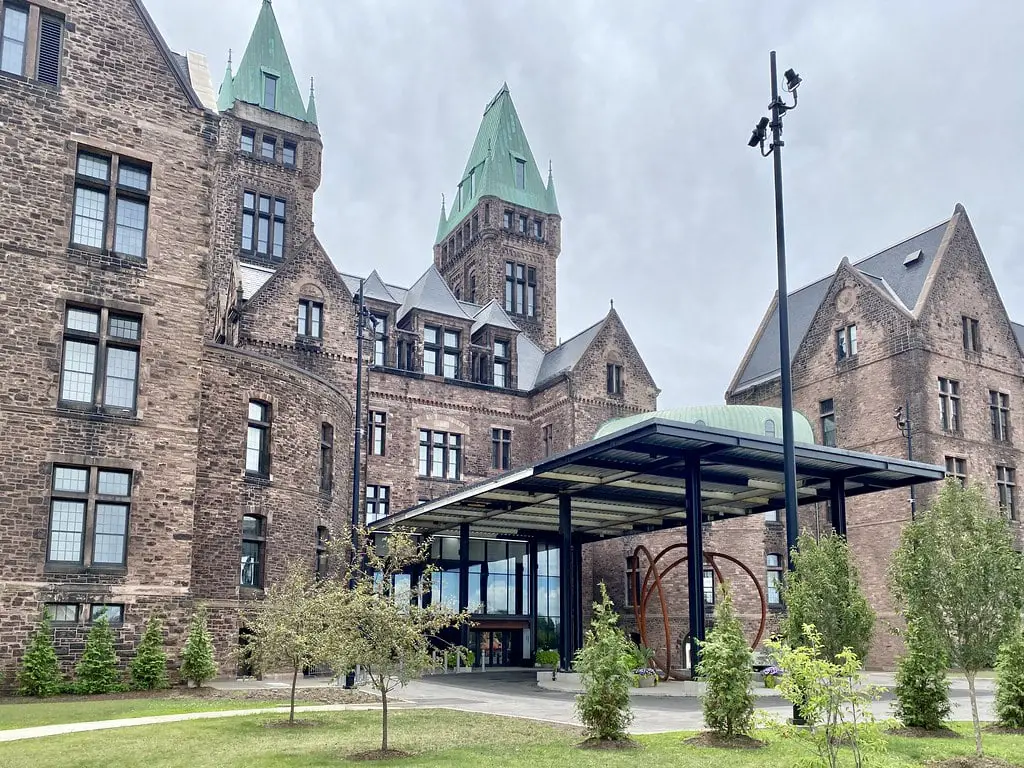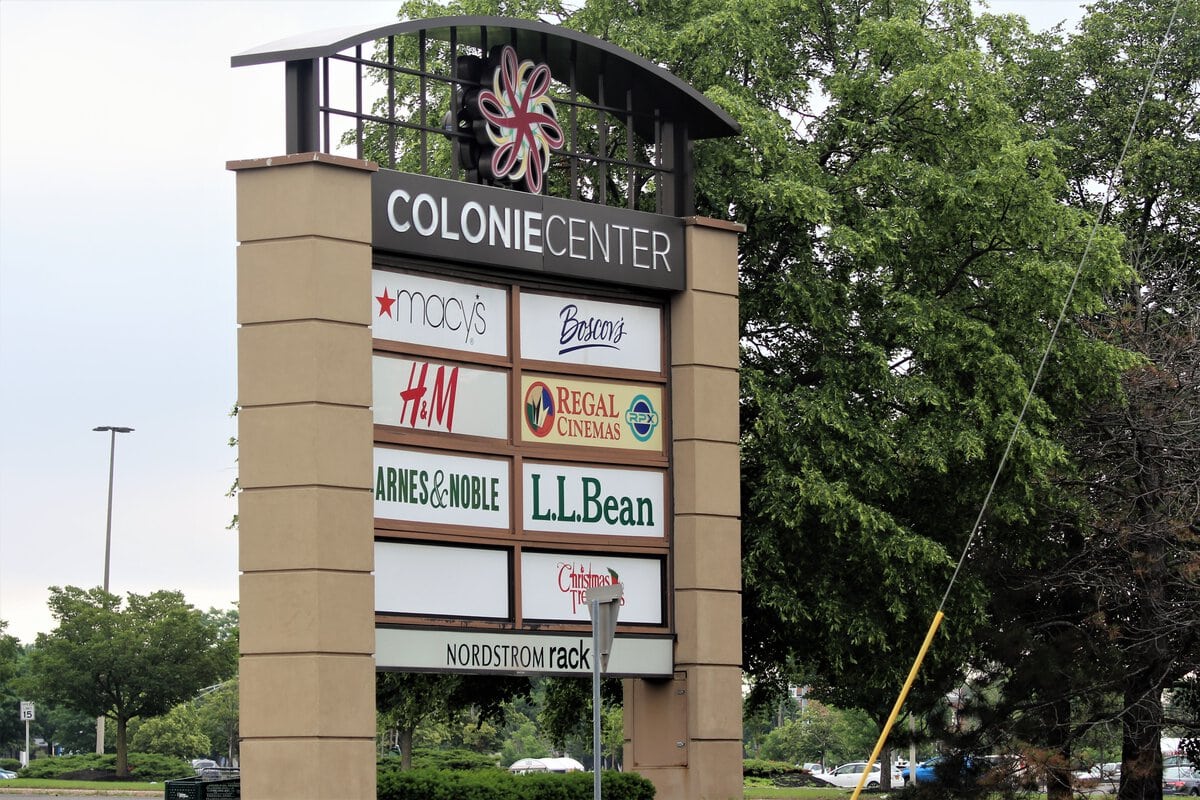Albany, New York, holds its history in concrete and ash, in courthouse transcripts and demolition permits.
Across nine entries, you'll find the outlines of buildings that vanished, projects that stalled, and decisions that still shape the city's air, streets, and trust in government.
You might remember some of them - a staircase repair that didn't stop climbing in cost, or the Central Warehouse fire that burned for days.

Others may surprise you. Number 2 involves punishment cells beneath a prison yard. Number 7 ends with flames and a wrecking crew.
How many of these stories did you already know? Which ones feel personal?
Keep track as you go and see how your memory of Albany lines up with the record.
Somewhere in this list is a state-backed development plan that cleared out entire neighborhoods, and somewhere else is a church school that stood for 150 years before collapsing in the dark.
Empire State Plaza erased entire neighborhoods and displaced thousands
Between 1962 and 1964, over 1,500 buildings were demolished in Albany to make way for the Empire State Plaza, a monumental state government complex initiated by Governor Nelson Rockefeller.
The construction displaced more than 7,000 residents, many from working-class Italian and Black communities.
Homes, small businesses, schools, and churches were condemned under eminent domain and bulldozed in phases.
Critics described the plaza's design as imposing and disconnected from city life.
The estimated cost ballooned from $250 million to over $2 billion by completion.
Today, Empire State Plaza physically divides downtown from surrounding neighborhoods.
It remains a focal point in debates about top-down planning and urban renewal consequences in Albany.
Albany Penitentiary confined inmates in dungeons into the 20th century
The Albany Penitentiary operated from 1848 to 1931 on the city's south side.
It held prisoners from Washington, D.C., under a federal contract and became notorious for its subterranean punishment cells.
These underground cells, often referred to as "dungeons," were used for solitary confinement in near-dark conditions.
A 1910 New York State commission condemned the prison's practices and found the facility outdated and inhumane.
Conditions reportedly lacked heat, ventilation, and sanitation. Despite decades of criticism, the prison remained open until the early Depression era.
The site was later razed, and few physical traces remain.
Its history endures through state reports and archival inmate records detailing the abuses inside.
Central Warehouse fire in 2010 exposed decades of neglect
The Central Warehouse in North Albany, built in 1927 as a refrigerated storage facility, became a safety hazard after decades of abandonment.
In October 2010, a fire broke out and burned for days, sending thick smoke across the city.
Firefighters were unable to fully extinguish the blaze due to the building's sealed and inaccessible interior.
Structural failures followed in later years, including falling concrete panels and repeated violations.
Despite several sales and redevelopment proposals, it remained vacant for over a decade.
In 2022, Albany's mayor declared a state of emergency due to the danger it posed.
Demolition was expected in 2025, but ongoing litigation delayed the start.
Bid-rigging scandal tied to Albany's SUNY Polytechnic Institute exposed flaws in oversight
In 2016, federal prosecutors revealed that more than $800 million in state economic development contracts were steered toward politically connected firms through bid-rigging and insider arrangements.
These contracts were tied to high-profile upstate development projects, including facilities in Albany linked to SUNY Polytechnic Institute.
The scheme involved top aides to the Governor and executives at major firms.
Though several figures were convicted, the investigation exposed loopholes in state bidding rules and monitoring.
Critics say the scandal damaged Albany's reputation as a hub for clean energy and nanotechnology innovation.
Some of the proposed developments were scaled back or canceled after the trials ended.
Fourth of July weekend in 2025 saw a surge in youth violence across Albany
During the 2025 Independence Day weekend, Albany experienced a wave of violent incidents involving young people, culminating in at least one fatality and multiple injuries.
Police reported over a dozen shootings and assaults in 72 hours, many involving juveniles.
Some pointed to the state's "Raise the Age" law, designed to divert minors from adult courts, as inadvertently allowing repeat youth offenders to avoid detention.
The spike in violence led to emergency meetings among law enforcement and renewed calls for legislative changes.
Residents expressed frustration over the perceived erosion of public safety.
Bishop Howard Hubbard's tenure ended in scandal and legal fallout
Howard Hubbard served as bishop of the Roman Catholic Diocese of Albany from 1977 to 2014.
In the years following his retirement, he became a central figure in lawsuits alleging the diocese covered up abuse by priests.
Hubbard admitted in sworn testimony that he reassigned accused clergy without notifying law enforcement.
As lawsuits mounted under New York's Child Victims Act, the diocese filed for bankruptcy in 2023.
Hubbard himself petitioned the Vatican to be released from clerical duties so he could marry a longtime partner, but his request was denied.
His later years were marked by controversy, and his legacy remains contested both inside and outside the church community.
Kenwood Academy burned down in 2023 after years of abandonment
The Kenwood Academy site in Albany was originally home to the Female Academy of the Sacred Heart, founded in the 19th century.
The building later housed the Doane Stuart School before it relocated to Rensselaer in 2009.
Left vacant, the property deteriorated rapidly.
In March 2023, a large fire destroyed most of the historic structure. What remained had to be demolished for safety.
Preservationists had warned for years that the site was at risk and listed it as endangered in 2010.
The fire marked the final loss of a building with more than 150 years of educational history.
No long-term redevelopment plans have since materialized.
Construction of the Sheridan Hollow steam plant caused decades of pollution
The Sheridan Avenue Steam Plant, located near the state Capitol in Albany's Sheridan Hollow neighborhood, burned coal and oil for decades to supply heating to Empire State Plaza and other government buildings.
Until the 1990s, emissions from the plant contributed to respiratory issues and poor air quality in one of Albany's lowest-income neighborhoods.
Despite public complaints, the plant was only converted to natural gas and electric boilers in 2015.
Local residents and environmental justice groups criticized state agencies for placing polluting infrastructure in a historically Black neighborhood.
Though emissions have decreased, the area still bears the environmental scars of the plant's long operation.
Capitol staircase renovation soared to $80 million
A restoration project at the New York State Capitol in Albany, originally estimated at $17 million, ended up costing taxpayers over $80 million by 2025.
The work focused on repairing the grand eastern staircase, originally constructed in 1897.
Delays, design revisions, and escalating contractor fees pushed the final cost far beyond initial projections.
Lawmakers and budget watchdogs questioned how the cost increased so drastically without stronger legislative oversight.
The state provided justifications, citing historical preservation and unforeseen structural issues.





